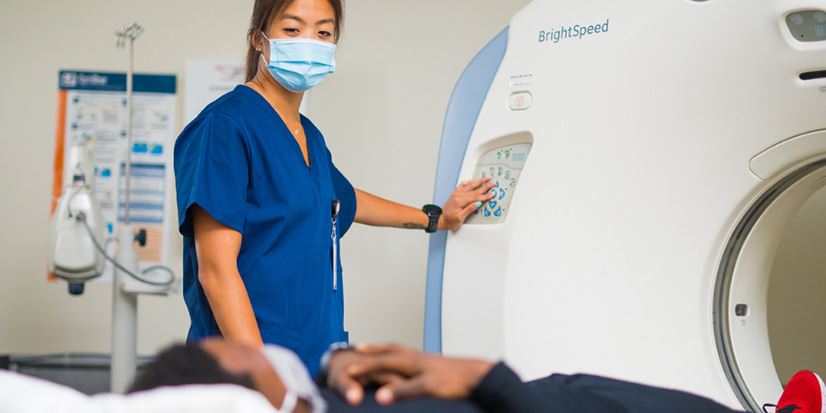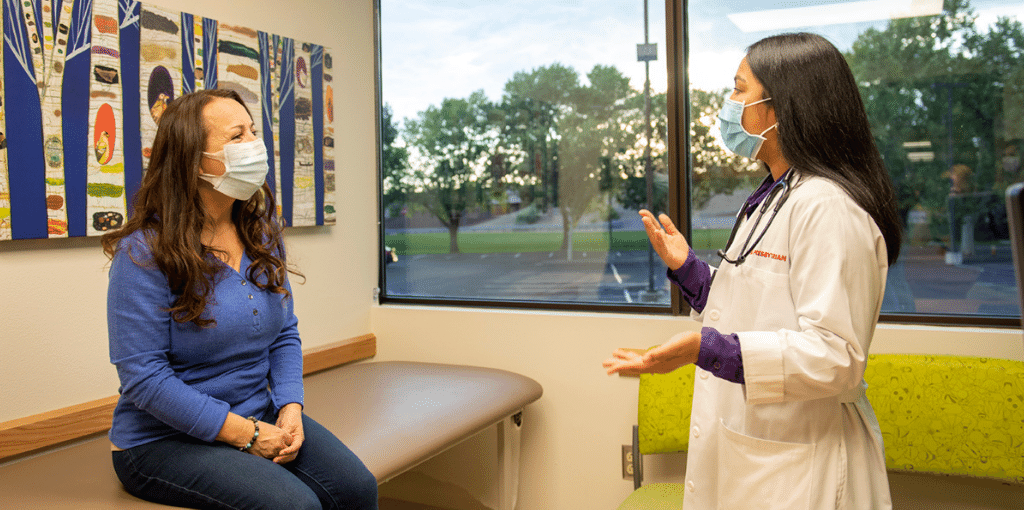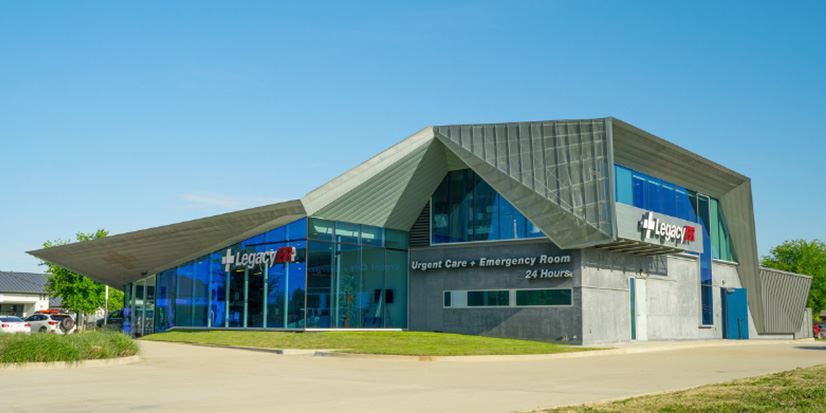Understanding Why ER Utilization Must Be a Priority
- Category: Consumer Health
- Posted On:

While emergency room services are reserved for emergent care, patients often don’t know the difference between emergent and urgent care. As a result, they often find themselves in a higher level of care for treatment. When a patient visits an emergency department (ED) for a non-emergency condition, the health system’s inappropriate ER utilization increases, costing the payor and the patient money they didn’t need to spend.
Healthcare systems rely on ER utilization data, also known as emergency department utilization, to find the actual rate of emergency department usage. Monitoring ER utilization helps health systems balance and, if needed, the ability to restructure their services.
Because its job is to help healthcare administrations understand emergency room efficiencies, emergency department utilization compares the predicted utilization rate to how often people use the department’s services.
Unfortunately, the issue for many emergent health facilities is that the disparity between appropriate and inappropriate usage rates is usually much more significant than desired. Inappropriate emergency department utilization impacts profitability, patient loyalty, staff retention, and quality of services.
What Does ER Utilization Reveal?
ER utilization shows that plenty of people go in for emergency care when it is unnecessary. More often than not, when people need medical care, individuals untrained in healthcare do not know the level of care that they need. When the type of medical care required is placed solely on the patient, data shows that the individual typically chooses the higher level of care primarily based on the accessibility of the facility.
A study published in the Journal of Healthcare Management / American College of Healthcare Executives revealed that 13% to 27% of emergency department visits in the United States could be cared for in physician offices, clinics, and urgent care centers. The study also reports that unnecessary emergency department visits are avoidable but on the rise, expecting to cost the United States over $6 trillion by 2027.
These numbers reveal a significant problem: patients routinely overpay for treatment and are overwhelming emergency rooms for conditions and ailments that should be treated at non-emergent facilities.
Inappropriate emergency department (ED) utilization takes a toll on patients’ wallets, insurance, and valuable health systems resources.

Additional ER Utilization Discoveries
The Emergency Medical Treatment and Active Labor Act (EMTALA), which passed in 1986, states that patients with an emergency must be treated at the facility they present until they are in stable condition before being transferred. Simply put, emergency room facilities cannot turn away patients. This Act prevents health systems from transferring patients before they’re cleared to alleviate the burden of care on public hospitals.
These emergency departments must be ready to care for all patients, regardless of condition. Because of this, the Act brought about new issues: inappropriate ER utilization and overcrowded facilities, resulting in increased mortality rates.
In addition, with too many individuals using the ER, the overall costs of the department have skyrocketed.
Stressful and Pressure-Filled Atmospheres
By looking at these issues and studying data, including projected statistics for emergency departments, healthcare administrations might ask themselves why this is happening and what can be done to prevent it.
Providing care is always of the utmost importance but introducing solutions to curb rising costs while still providing excellent care is an opportunity to reexamine processes and procedures to serve patients better and, by extension, healthcare staff. As the individuals directly on the front lines of providing care, health systems must directly address the impact of the issues in healthcare through no fault of their own doing.
For example, staff has no control over patient visits, nor do they have the ability to address wait times until the most critical patients have received care. Coupled with many ER departments relying on a fee-for-service model of care, healthcare staff are under intense pressure to care for as many patients as possible in a fast-paced and unpredictable environment. All of this together can create a stressful and pressure-filled atmosphere.
Healthcare Worker Fatigue and Burnout
Exposure to various working conditions can also be challenging. Treating COVID-19 patients, constantly being around human suffering, death, infectious diseases, and the physical labor required of being an emergency-based professional can take a toll on workers’ mental and physical health and potentially lead to burnout.
Much of the current research about health and wellness for medical teams relate to the stress of COVID-19. A study published by JAMA Network Open found that 57% of participants screened positive for acute stress, 48% for depressive symptoms, and 26% engaged with talk therapy. But even pre-pandemic studies solidified the developing health issues of healthcare workers: in 2014, survey findings found that 69% of staff felt stressed and 17% felt highly stressed. This doesn’t account for the other mental health conditions that healthcare workers feel, such as anxiety or depression.
ER utilization is not the sole cause for these impacts; however, it is one concern among many, leading to more significant problems for healthcare systems. Therefore, finding solutions should be a top priority for health systems alike.

How Health Systems Can Solve Inappropriate ER Utilization Issues
Primary Care Offices
While not a complete solution, advancing technology (telemedicine, in particular) allows greater access to care through primary care providers. Health systems, especially, can partner with local providers, use software to make it easier to manage patients through communication and coordination, and keep track of patients who use the ER environment more frequently. Primary care can be part of a much more extensive health network directly connected with larger systems.
Typically, primary care providers offer non-emergent health services. Primary care offices also can serve as the go-to for patients before they’re recommended to visit an emergency department. Primary care offices are a great starting point for patients to receive care. They can be lynchpins within the healthcare system for screening and preventive care, ensuring people receive the necessary services, and treating acute and chronic conditions.
Primary care providers also can offer essential coordination of care and care management, as well as a point-of-entry for managing patient health.
Fortunately, primary care providers have also evolved over the past few years: newer models like telehealth have taken off as an alternative method of getting care where patients who may not be able to fit an in-person appointment into their schedule can still see their provider. Some primary care centers have even returned to the at-home health model, where physicians visit patients in their residences or have extended hours to accommodate more patients before or after traditional office hours.
Health systems that focus on building connections and a community of providers with primary care offices can create opportunities that offer more value and services while increasing patient options rather than defaulting to an emergency care center, certainly reigning in ER utilization rates.
Freestanding ER Facilities
A freestanding ER is a facility that treats emergency conditions without being attached to an in-patient hospital. These centers provide an opportunity to alleviate foot traffic from hospital-based emergency departments. They are open 24 hours a day, seven days a week; they are usually staffed by emergency medicine physicians and staff.
The majority of freestanding ER patients arrive as a walk-in vs. arriving via an ambulance. These facilities typically can treat patients faster with shorter wait times and convenient locations.
Most freestanding ERs are independent but can be owned by a hospital or health system. Freestanding ERs can help health systems diversify their portfolio through ownerships, partnerships, or joint ventures. In addition, like primary care providers, health systems have ample opportunity to form connections with these facilities operated independently to build networks and ensure patients are being treated.

Urgent Care Centers
Urgent care centers specialize in treating non-life-threatening conditions. The centers are designed to allow people to get treated without having to go to the emergency room. Urgent care centers are focused on providing non-emergent, routine and preventive care. These facilities are an alternative resource outside of a primary care provider.
Urgent care staff are licensed and experienced in handling various illnesses and injuries. They can manage services such as x-rays, physical exams, lab tests, prescription services, and treatment of simple injuries such as strains, flu, cuts/lacerations, allergies, sprains, and broken bones. They are typically open later than most primary care offices and on weekends. In addition, most people do not require an appointment for a visit. Most urgent cares are considered walk-in clinics.
Like a freestanding ER, an urgent care can reduce the demand on emergency departments. Urgent care facilities are operated by independent owners or can be associated with major hospitals or health systems as a way to increase access.
However, a problem with urgent care centers is that while they offer non-severe urgent care, they are not staffed with emergency medicine physicians and cannot treat emergency cases. So, if an urgent care patient needs emergency care, the urgent care must direct them to a facility that can treat them. This may waste precious time, and the patient will also have an additional medical bill.
Of course, urgent cares are convenient and optimal for most patients. They also serve as a necessity in healthcare deserts. But more importantly, urgent care centers can be a solution to reducing ER utilization and long emergency department wait times. They also allow the health system to gain market share and increase revenue and patient referrals.

Hybrid ER and Urgent Care Under One Roof
There is also an effective alternative to the freestanding ER and urgent care center that can provide health systems a solution to inappropriate emergency department utilization. Intuitive Health’s revolutionary hybrid ER and urgent care model.
The hybrid ER and urgent care under one roof is the most progressive healthcare model of care in the US. The model ensures that patients only pay for the level of care needed, which helps eliminate inappropriate ER utilization. Over 80% of Intuitive Health patients are treated and billed at the urgent care level.
Regardless of how the patient presents, an ER-trained physician sees every patient. An objective criterion determines whether the appropriate care is emergent or urgent. Patients are billed accordingly, only paying for the care they need. This is value-based care, a part of healthcare consumerism, rather than the traditional fee-for-service model.
The combined ER and urgent care model at Intuitive Health is designed to optimize the patient journey, from facility design to each process, resulting in better outcomes. Suppose a patient does need to be transferred to a partner hospital for surgery. In that case, transport arrangements are made, and the patient goes straight into the hospital operating room, bypassing the hospital ER.
Intuitive Health partners with established health systems to build, operate and launch retail healthcare facilities that provide urgent care and emergency room services. Intuitive Health’s patient-centered and consumeristic healthcare model is built on a proven business system focused on concierge-level customer service and transparency.
Ultimately, the ER and urgent care dual model by Intuitive Health saves patients time and money while reducing inappropriate ER utilization at each of its partner facilities. As a result, families have options; an ER-trained staff sees them; they’re welcomed into the facility, and patients know exactly what they will be paying when they leave. Unfortunately, the same cannot be said for many other available systems nationwide.
Intuitive Health’s dual model is a solution to the growing problems within emergency departments, and they must be addressed to continue providing adequate, safe, and quality healthcare. In addition, if not already, health systems should begin considering opportunities to advance the healthcare industry and ensure that not only patients are taken care of but also medical personnel and the environment in which their business is run.
For healthcare executives and brands looking to improve their processes and procedures and reduce inappropriate ER utilization, Intuitive Health has a plethora of information about its dual model system to share. To learn more about the system, benefits, and partnership opportunities, visit www.iheruc.com/connect.
Curious to know which health systems have partnered with Intuitive Health? Check out the nearest Intuitive Health partner location at www.iheruc.com/health-systems.
Intuitive Health partners with established health systems nationwide to build, operate, and launch retail healthcare facilities that provide urgent care and emergency room services under one roof. Intuitive Health’s patient-centered and consumeristic healthcare model is built on a proven business system focused on concierge-level customer service and transparency.

.png)
